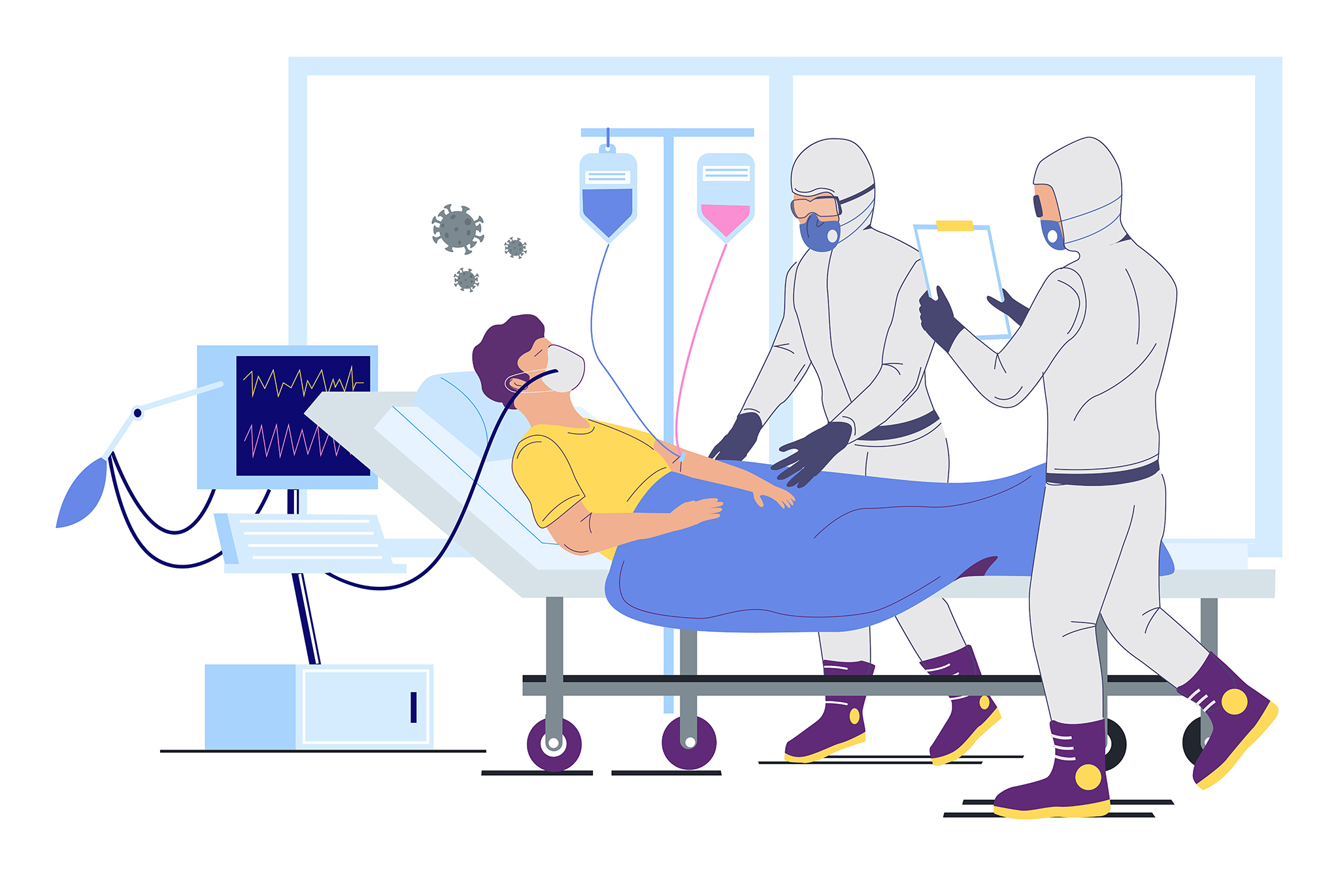电子烟蒸汽可能增加肺炎风险
吸食电子烟或“雾吸”已被当成抽吸烟草卷烟的更安全替代方式和作为潜在的戒烟工具上市销售。可是,发表在《欧洲呼吸杂质》(European Respiratory Journal)的最新发现表明,电子烟蒸汽可能增加细菌性肺炎的风险。1在其发表文章中,Miyashita 及其同事证明,吸食电子烟会增加“雾吸”成人鼻部上皮细胞中血小板活化因子受体 (PAFR) 的表达。“雾吸”还会增加体外肺炎球菌粘附于气道细胞。
在该研究中,招募了每周至少“雾吸”一次的成人和从未吸烟的健康成人。电子烟吸食者之中,在五分钟“雾吸”前以及一小时后,立即采集鼻部细胞。在所采集的鼻部上皮细胞中,可观察到 PAFR 表达具有统计学上的显著增加。这些研究结果很重要,因为 PAFR 对细菌性肺炎的发病机理起着关键作用。肺炎链球菌利用宿主表达型 PAFR 粘附于上皮细胞,且当受体被内化时,使用受体作为特洛依木马进入气道细胞。2
该项研究也已经开展了体外实验进一步研究“雾吸”对下呼吸道细胞产生的影响。使用体外 粘附试验对肺炎球菌粘附于人肺泡上皮 A549 细胞进行分析。3研究者发现,含尼古丁和不含尼古丁的电子烟蒸汽均会增加肺炎球菌粘附于气道细胞,取决于吸食剂量和时间。此外,不含尼古丁和含 5% 尼古丁的电子烟蒸汽也均会增加肺炎球菌渗入细胞。在小鼠模型中,含尼古丁的电子烟蒸汽增加了小鼠鼻部 PAFR 表达和鼻咽部肺炎球菌定植。总体上,这些研究结果显示,吸食电子烟可能会增加对肺炎球菌感染的易感性。
之前的流行病学研究显示,吸入毒素会增加气道细菌性感染的风险。Nuorti 及其同事开展的研究显示,吸烟与侵袭性肺炎球菌疾病风险增加四倍(95% 置信区间[CI]:2.0–7.0)有关。4另一方面,被动接触烟草烟雾与儿童肺炎风险增加 1.5 倍(95% 置信区间:1.2-1.9)有关。5
电子烟液体中丙二醇、尼古丁和香料的蒸汽化会生成电子烟蒸汽。虽然显示电子烟含有的有毒化合物少于烟草烟雾,6 Goel 及其同事报道,每一口电子烟蒸汽含有高达 10×1013 的自由基。7由电子烟引起的氧化应激被认为是与 PAFR 有关的粘附的最初刺激因素。在小鼠模型中,显示电子烟蒸汽会损耗肺部的抗氧化剂,从而延迟肺炎球菌从肺部清除。8体外 研究表明,电子烟蒸汽是支气管上皮细胞中氧化应激反应基因的强有力诱导因素。9电子烟蒸汽造成的氧化应激不仅仅限于气道。成人“雾吸”后也会出现全身性氧化应激标志水平上升。10
关于电子烟“雾吸”对与 PAFR 有关的气道肺炎球菌粘附产生的影响,Miyashita 及其同事的研究结果提供了有价值的信息。需要开展进一步的流行病学研究,在总体人口层面上确认经常性“雾吸”对肺炎球菌气道感染风险产生的影响。
来源:
E-cigarette vapour may increase risk for pneumococcal infection Lisa Miyashita, Reetika Suri, Emma Dearing, Ian Mudway, Rosamund E Dove, Daniel R. Neill, Richard Van Zyl-Smit, Aras Kadioglu, Jonathan Grigg
European Respiratory Journal 2018 51:1701592; DOI:10.1183/13993003.01592-2017
参考文献:
- Miyashita L, Suri R, Dearing E, et al. E-cigarette vapour enhances pneumococcal adherence to airway epithelial cells. Eur Respir J. Feb 2018;51(2).
- Hergott CB, Roche AM, Naidu NA, Mesaros C, Blair IA, Weiser JN. Bacterial exploitation of phosphorylcholine mimicry suppresses inflammation to promote airway infection. J Clin Invest. Oct 1 2015;125(10):3878-3890.
- Grigg J, Walters H, Sohal SS, et al. Cigarette smoke and platelet-activating factor receptor dependent adhesion of Streptococcus pneumoniae to lower airway cells. Thorax. Oct 2012;67(10):908-913.
- Nuorti JP, Butler JC, Farley MM, et al. Cigarette smoking and invasive pneumococcal disease. Active Bacterial Core Surveillance Team. N Engl J Med. Mar 9 2000;342(10):681-689.
- Suzuki M, Thiem VD, Yanai H, et al. Association of environmental tobacco smoking exposure with an increased risk of hospital admissions for pneumonia in children under 5 years of age in Vietnam. Thorax. Jun 2009;64(6):484-489.
- Pisinger C, Dossing M. A systematic review of health effects of electronic cigarettes. Prev Med. Dec 2014;69:248-260.
- Goel R, Durand E, Trushin N, et al. Highly reactive free radicals in electronic cigarette aerosols. Chem Res Toxicol. Sep 21 2015;28(9):1675-1677.
- Lerner CA, Sundar IK, Yao H, et al. Vapors produced by electronic cigarettes and e-juices with flavorings induce toxicity, oxidative stress, and inflammatory response in lung epithelial cells and in mouse lung. PLoS ONE. 2015;10(2):e0116732.
- Solleti SK, Bhattacharya S, Ahmad A, et al. MicroRNA expression profiling defines the impact of electronic cigarettes on human airway epithelial cells. Sci Rep. Apr 24 2017;7(1):1081.
- Carnevale R, Sciarretta S, Violi F, et al. Acute Impact of Tobacco vs Electronic Cigarette Smoking on Oxidative Stress and Vascular Function. Chest. Sep 2016;150(3):606-612.










